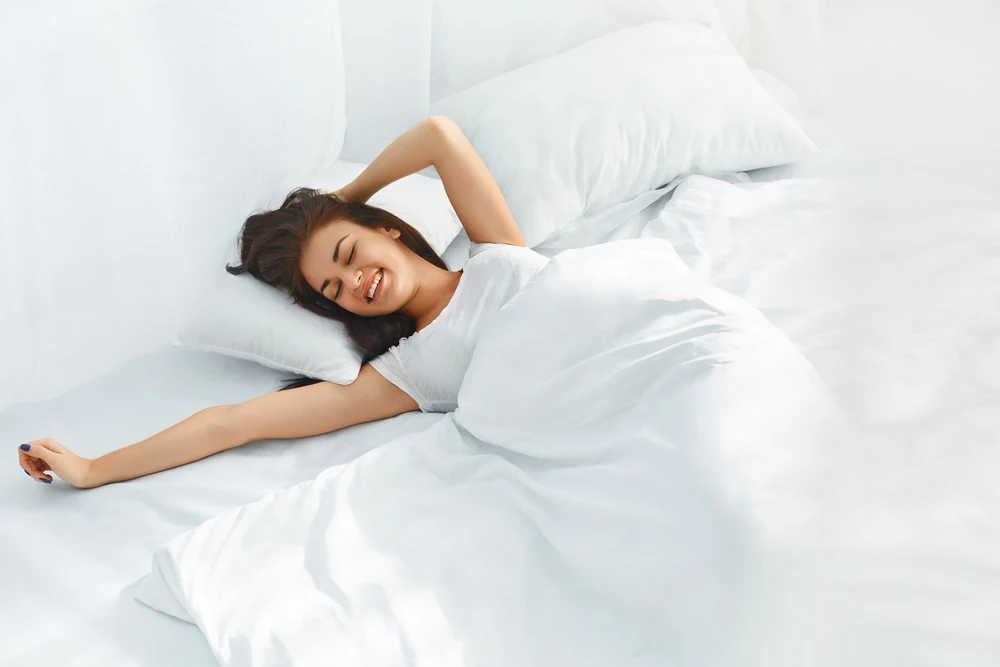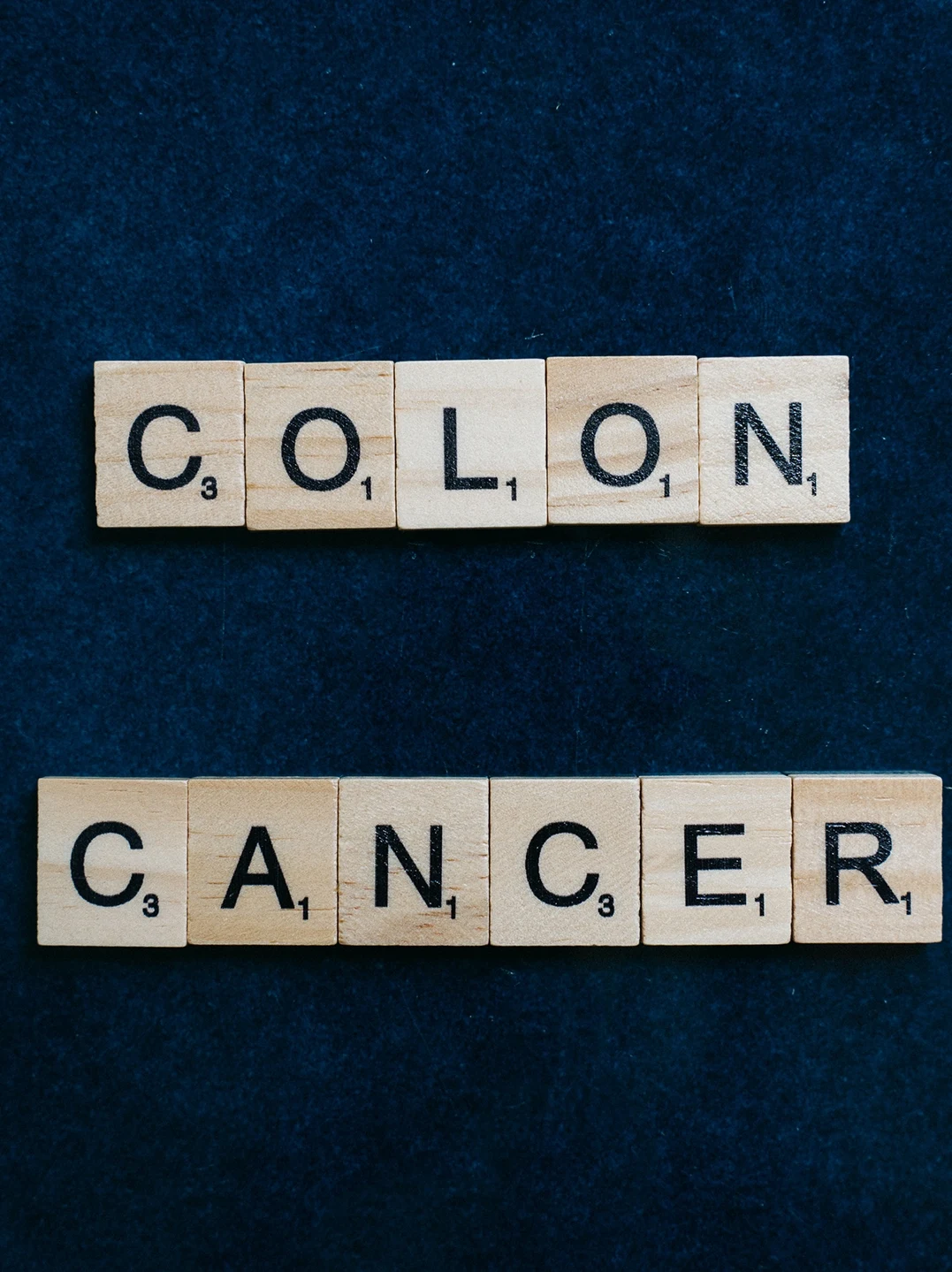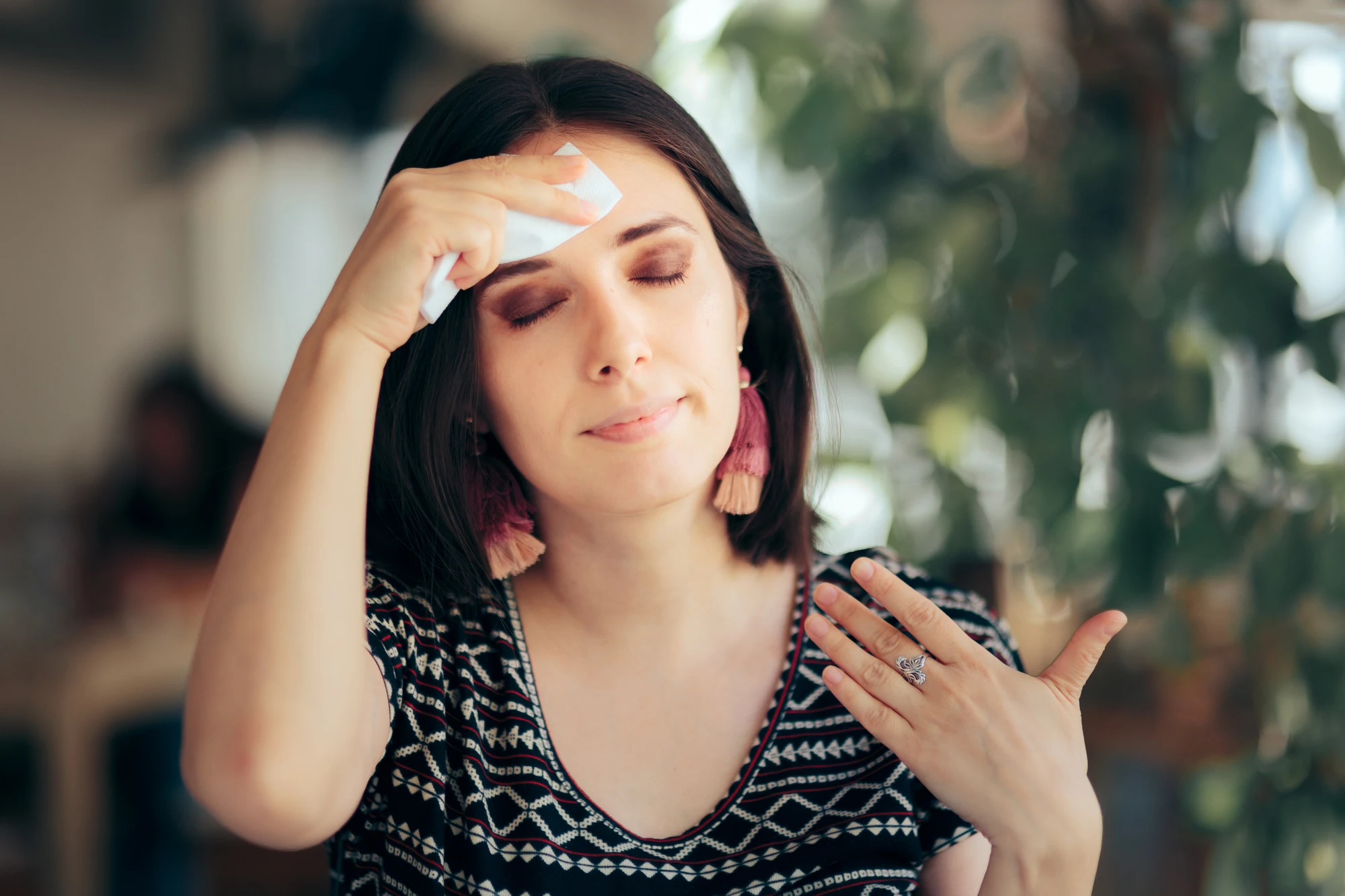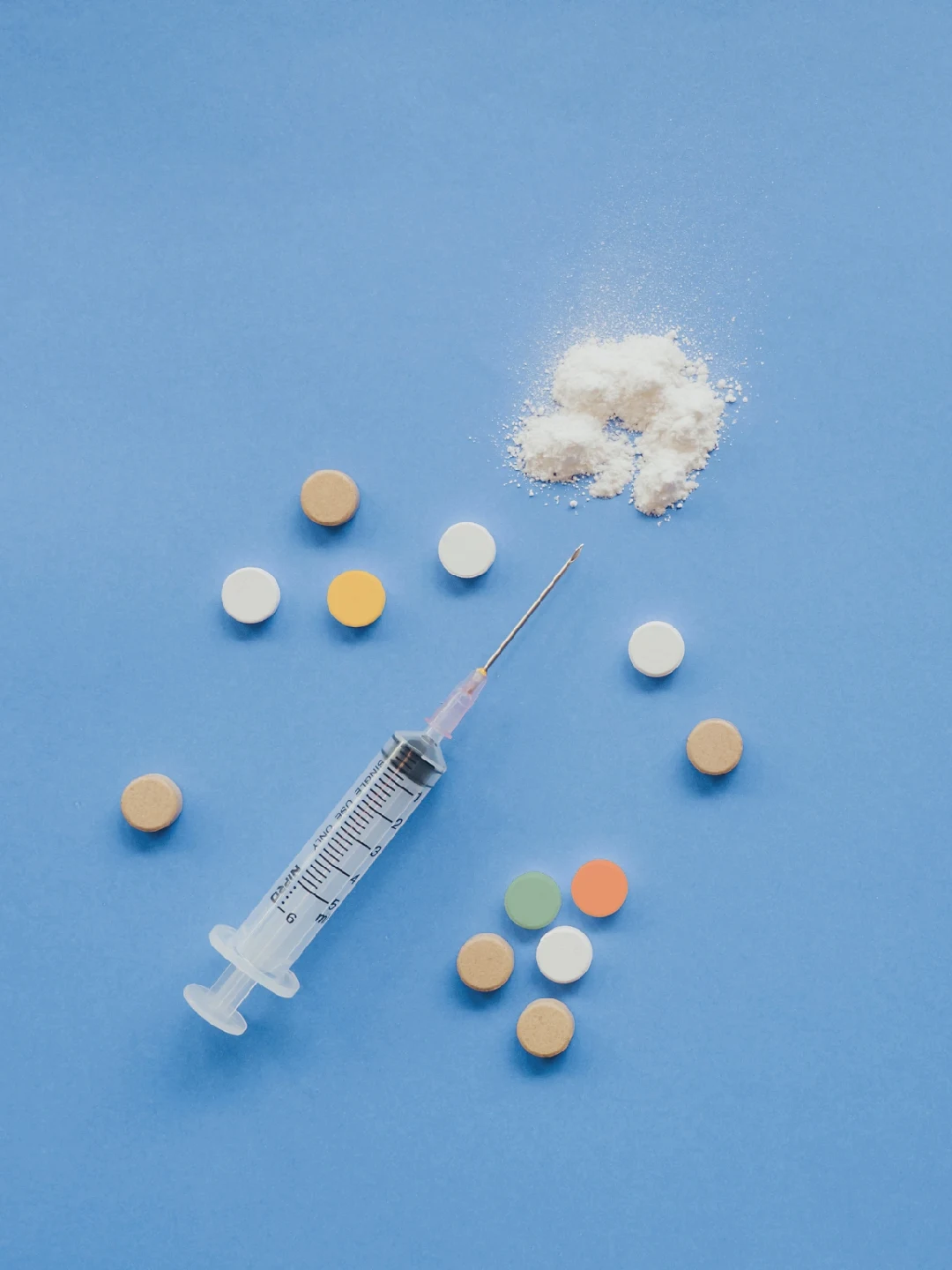
What is fitspiration?
Why is fitspiration a problem?
A study of #fitspiration: Do these social media updates genuinely motivate exercise?
- They showed nudity or revealing clothing by wearing bikinis at the gym.
- sexualized the person exercising, such as by focusing on a woman's breasts or buttocks.
- Included are pictures of people with extreme body types, like those who are excessively muscular or terribly underweight.
- They did not focus on health; their messages promoted thinness or other negative messages.
- contained fitness information in three or fewer posts out of 15.
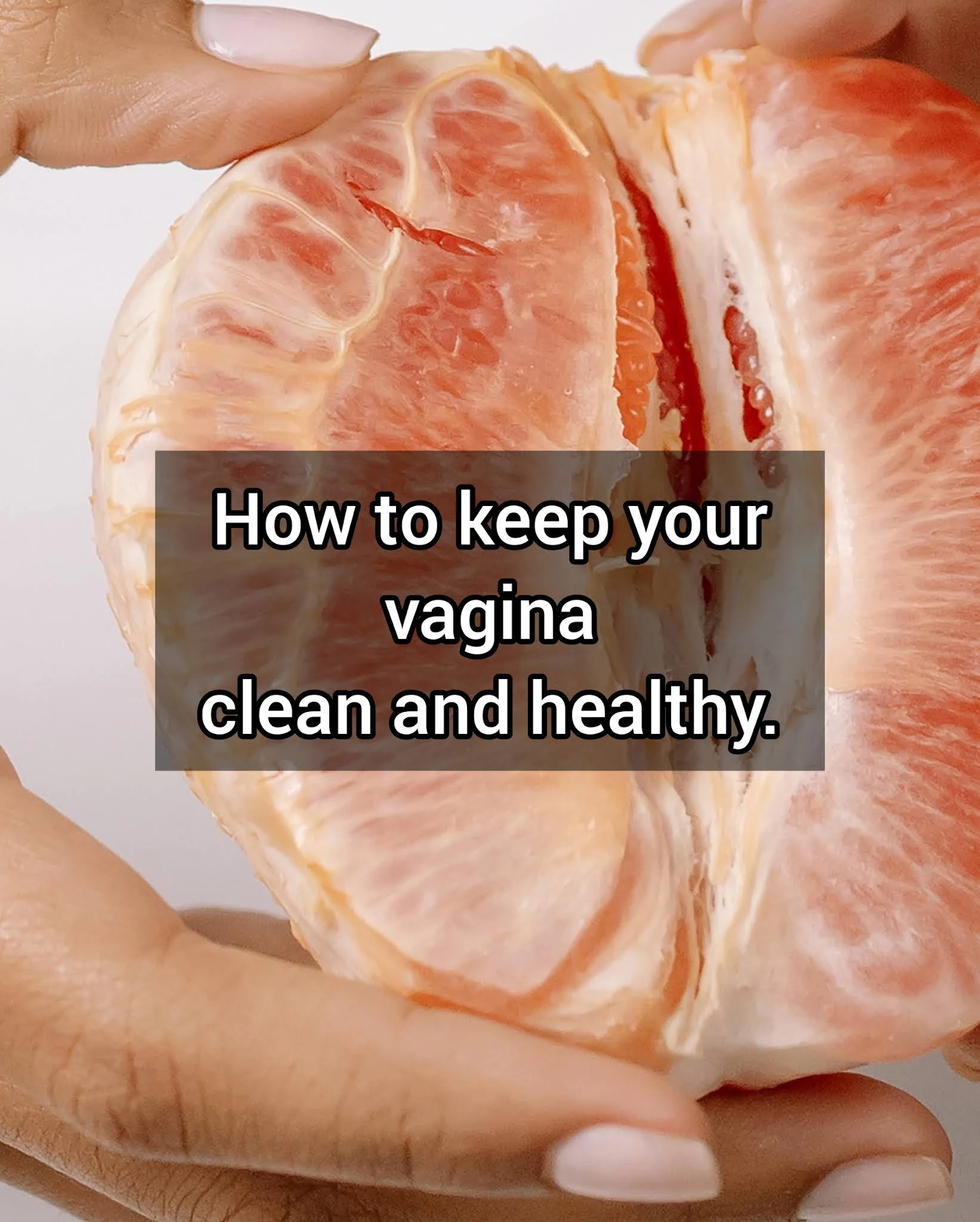
It is the weekend, ladies let us take time out to care for our inner parts because it is very important.
With the help of natural fluids, the vagina is meant to keep itself clean (discharge). Learn how to maintain your vagina clean and healthy, and why you don't need vaginal wipes or douches. In general, good vaginal health can be maintained by maintaining good overall health.
Sanitary pads, feminine spray and deodorants, scented oils, bubble baths, bath oils, talc or powder are all examples of feminine hygiene items that can irritate the vulva.
Wearing nylon tights or panty girdles is not recommended. They trap heat and moisture, making them ideal for organisms to reproduce. Before wearing leggings wear nylon or cotton pants.
After washing, rinse underclothes well or double-rinse. Using too much detergent is highly not advisable.
Before wearing new underwear, make sure they're clean.
If your healthcare physician recommends it, take sitz baths daily.
It is highly recommended to wear only 100 per cent cotton underwear. If you have sensitive skin or are prone to vulvar discomfort, avoid wearing nylon, acetate, or other artificial fibres.
Vaginal discharge is a natural way for the vagina to wash. Do not use douches unless your doctor has recommended them. These products have the potential to disrupt organisms' natural balance.
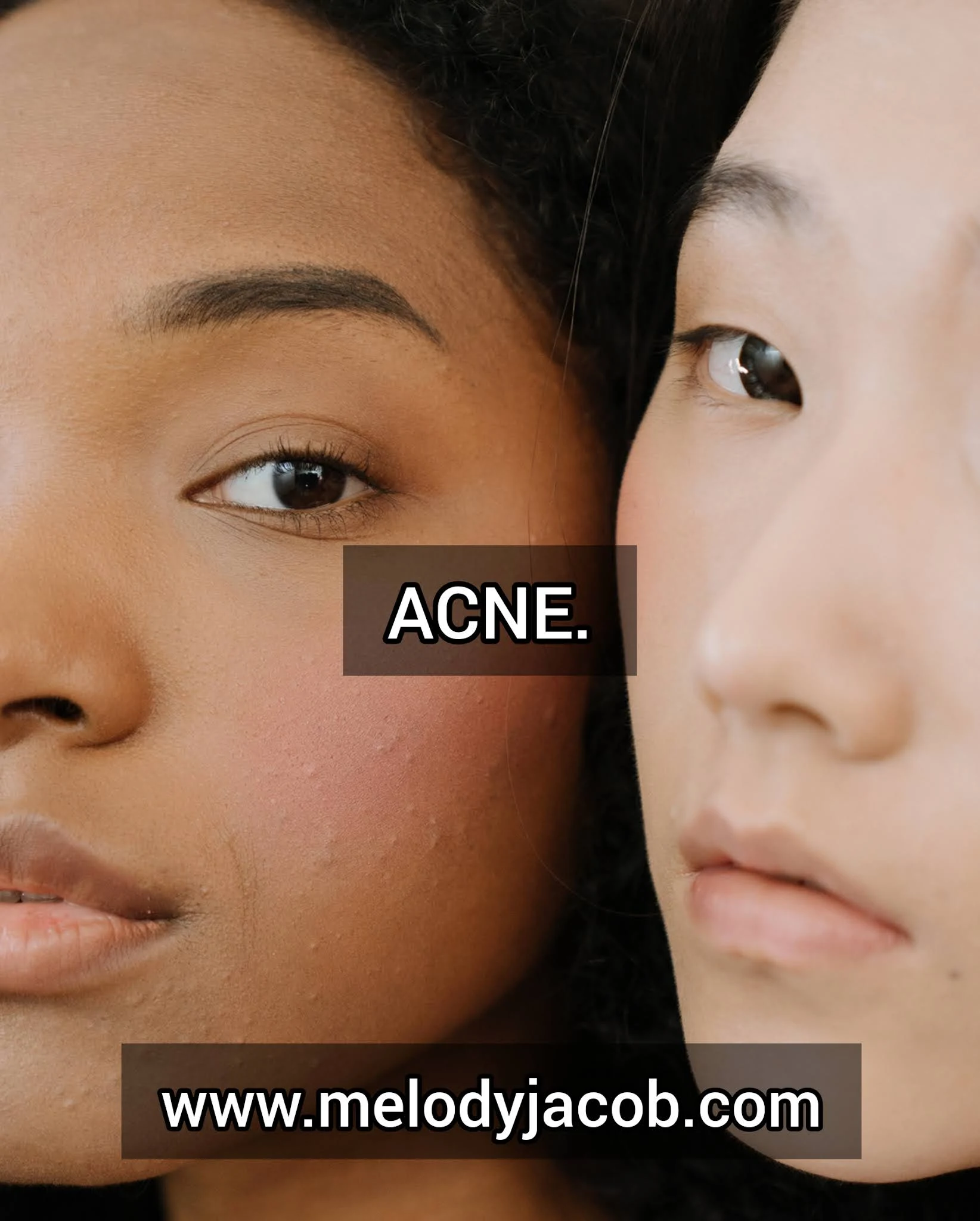
Acne is a very common skin problem. Inflammation of the skin's hair follicles and oil-producing (sebaceous) glands causes it.
Hair follicles are the tiny structures in the scalp that produce hair. Sebum is produced by sebaceous glands which surround the hair follicles in acne-prone areas. The "pilosebaceous unit," which consists of the sebaceous glands and hair follicles, is where acne pimples and cysts form. Sebum hydrates the hair and skin. Each hair, together with sebum, pushes up through the skin's surface.
Acne frequently appears during puberty. Acne occurs when the sebaceous glands in the skin are overstimulated to produce sebum. These sticky cells clog the hair follicles of the skin, trapping the sebum. The bacteria that normally live in hair follicles multiply as a result of the blocked, oil-filled follicle. As a result, there are inflammation, redness, and pimples (pustules). Acne flare-ups in adolescents are most likely caused by a natural increase in androgen hormones during the adolescent years. These androgens stimulate the sebaceous glands, causing them to produce an excess of sebum. Hereditary factors also play a role in the problem.
The following factors can cause acne:
Oily cosmetics
Humidity
Sweating profusely
Drugs such as Lithium Steroids
Poor diet or poor hygiene are not causes of acne. Excessive skin washing can aggravate an acne flare-up.

1. Set Realistic Goals:
Begin your weight loss journey by setting realistic and achievable goals. Avoid setting unrealistic expectations that could lead to disappointment or frustration. Consult with a healthcare professional or a registered dietitian who can help you set personalized and attainable targets based on your current health, body composition, and lifestyle.
2. Adopt a Balanced and Nutritious Diet:
Focus on making sustainable changes to your eating habits rather than following restrictive diets. Incorporate a balanced mix of macronutrients, including lean proteins, healthy fats, and complex carbohydrates. Fill your plate with colorful fruits and vegetables, whole grains, and lean protein sources. Prioritize portion control and mindful eating to avoid overeating.
3. Hydration is Key:
Don't underestimate the power of staying hydrated. Drinking an adequate amount of water not only helps curb hunger pangs but also improves digestion, boosts metabolism, and supports overall well-being. Aim to drink at least 8 cups (64 ounces) of water per day and reduce your consumption of sugary beverages.
4. Regular Exercise Routine:
Engage in a regular exercise routine tailored to your fitness level and preferences. Incorporate a mix of cardiovascular exercises, such as jogging, swimming, or cycling, along with strength training exercises to build lean muscle mass. Find activities you enjoy to make exercise a sustainable part of your lifestyle.
5. Prioritize Quality Sleep:
Sleep plays a crucial role in weight management. Aim for 7-9 hours of quality sleep each night to support hormonal balance, reduce cravings, and maintain energy levels. Establish a consistent sleep schedule, create a calming bedtime routine, and create a sleep-friendly environment to optimize your rest.
What is the best choice for colon cancer screening and when should it be done?
When is the best time to begin screening?
Which type of screening should you go with?
What screening options are available for CRC?

Regarding the most prevalent malignancies in males, what's new?
Cancer of the prostate

What kind of complications can RSV cause?
What treatment options are available for RSV?
The FDA approves the first medication for treating hot flashes.
Increasing opioid-related deaths in Black communities are associated with health disparities.
According to new research, more black Americans are dying from drug overdoses.
In 2020, for the first time in the history of the opioid epidemic, the death rate from opioid overdoses was higher among African-Americans than among white Americans, largely due to the increase in illicit fentanyl. |
1. Lack of Awareness: The Survey Findings.
2. The Consequences of Drink-Driving
3. The Impact of Alcohol on Driving
1. Oat Milk: The Not-So-Healthy Coffee Companion
2. Porridge (Oatmeal): A Carb-Loaded Controversy
